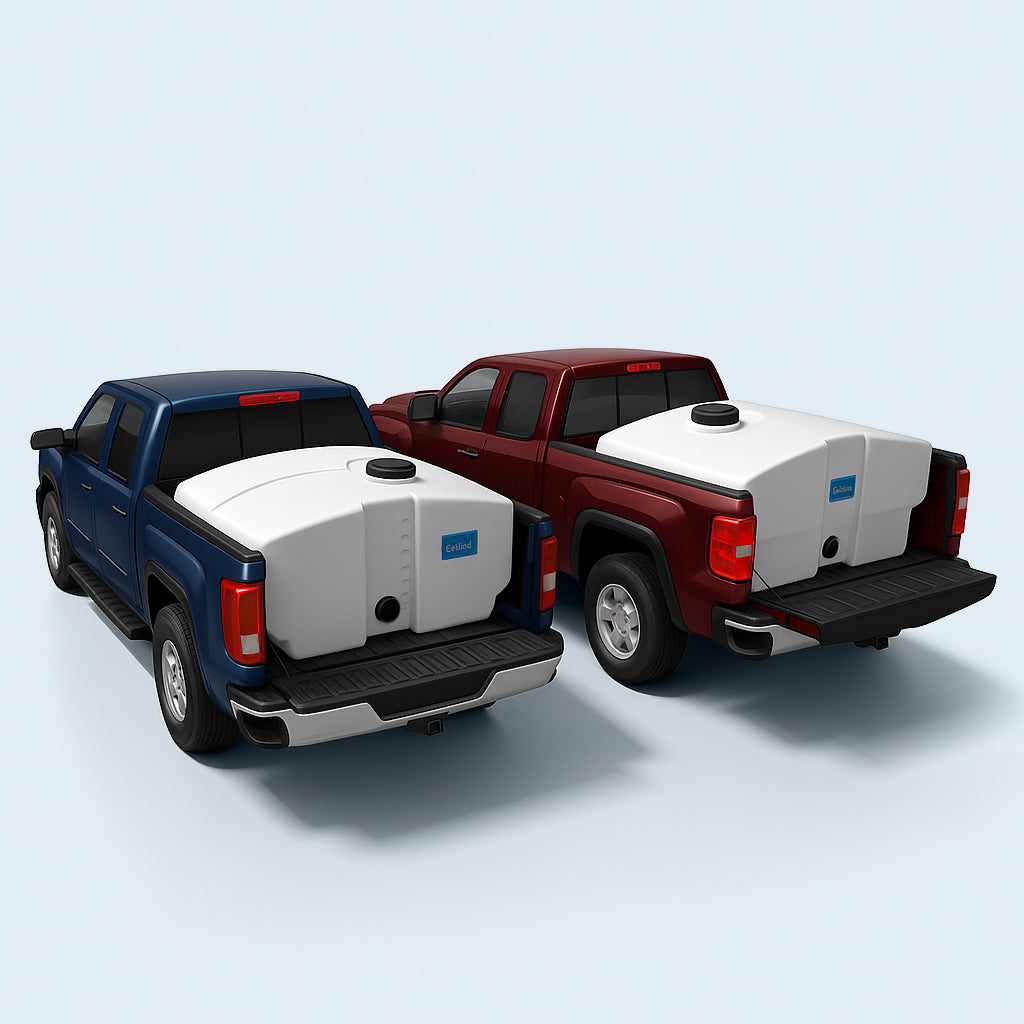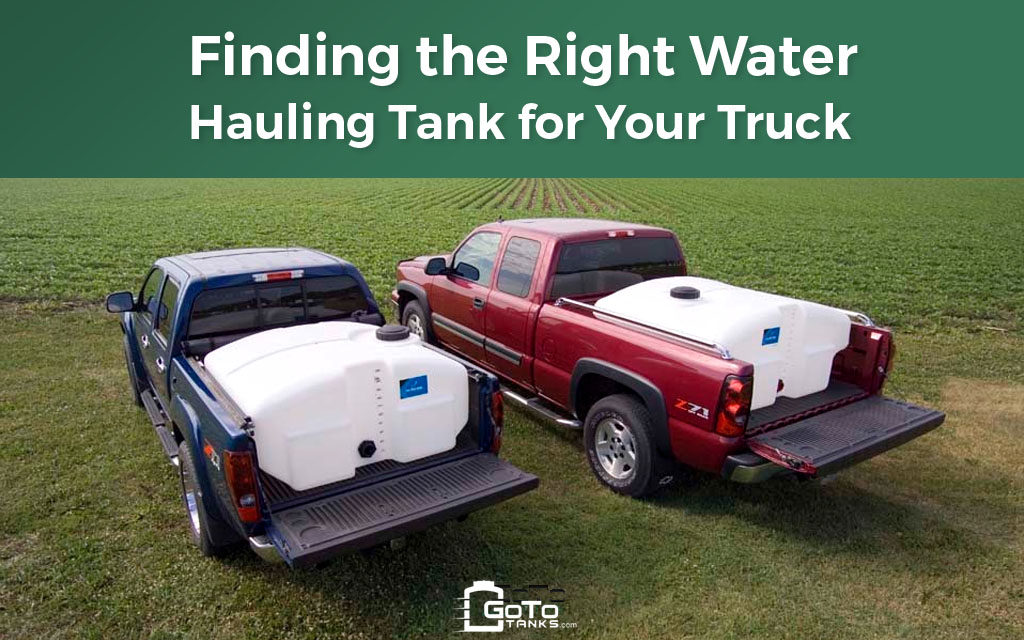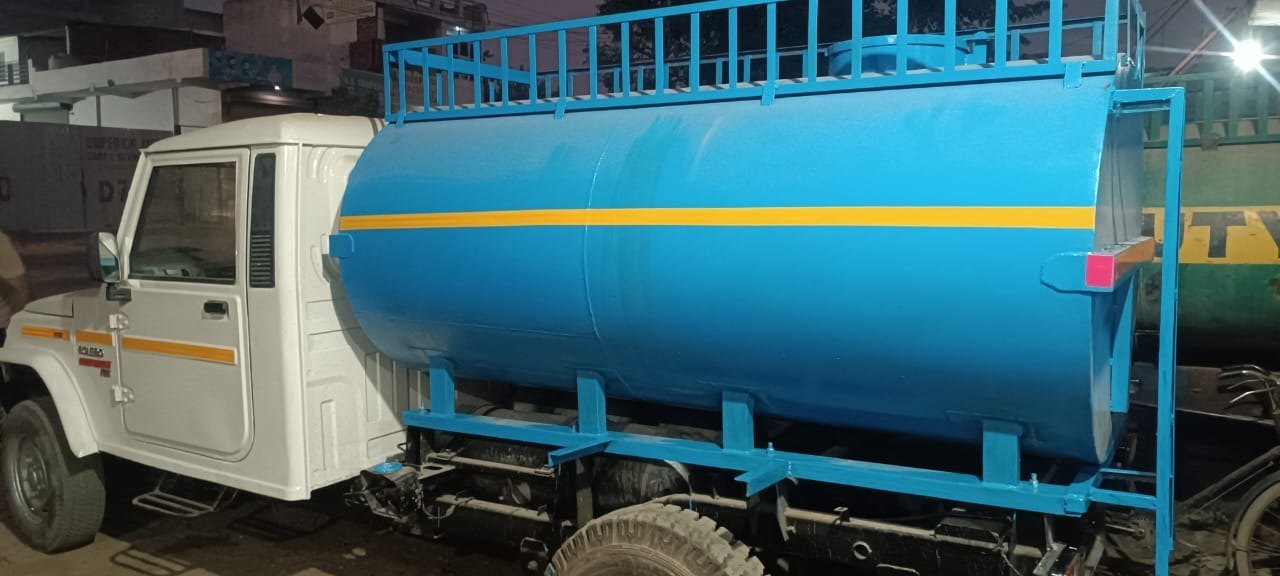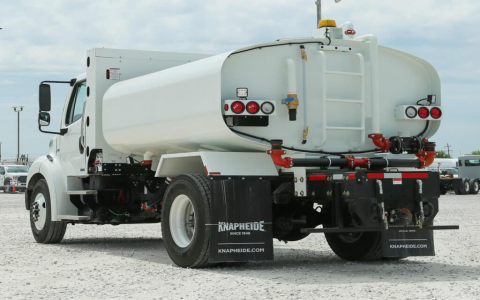Pick Up Truck Water Tanks: Ultimate Guide & Top Picks
For truck owners who need reliable water storage solutions, a pickup truck water tank offers unmatched versatility. Whether you’re a contractor heading to remote job sites, a farmer tending to livestock, or an outdoor enthusiast preparing for extended camping trips, having a secure water supply transforms your vehicle’s capabilities. This comprehensive guide cuts through the marketing hype to deliver practical advice on selecting, installing, and maintaining the best water tank for your pickup truck, helping you make an informed decision that matches your specific needs.

Why Install a Water Tank in Your Pickup?
Beyond the obvious benefit of having water available wherever you travel, these tanks serve numerous practical purposes. Construction crews use them for dust control and mixing materials, while agricultural workers provide hydration for animals across vast properties. Emergency responders maintain ready water supplies for fire suppression or decontamination procedures. For families enjoying outdoor recreation, these tanks enable extended camping trips without sacrificing basic comforts. The convenience of transporting hundreds of gallons precisely where needed makes these systems invaluable tools for professionals and recreational users alike.
Key Selection Factors for Truck Water Tanks
Choosing the right water tank involves more than just picking the largest container that fits your bed. Several critical factors determine how well your system will perform over time.
Material Construction and Durability
Tank materials directly impact longevity, weight, and water safety. Polyethylene tanks dominate the market due to their corrosion resistance and moderate cost, with food-grade versions ensuring drinking water safety. Cross-linked polyethylene offers superior strength for demanding applications, while stainless steel provides maximum durability for industrial settings. According to materials testing data from the Plastic Pipe Institute, high-density polyethylene can withstand temperature extremes from -40°F to 140°F without compromising structural integrity.
Capacity and Space Considerations
Balance your water needs against your truck’s payload capacity and available space. A standard short-bed pickup typically accommodates tanks between 50-100 gallons, while long-bed models can handle up to 150 gallons. Remember that water weighs approximately 8.34 pounds per gallon – a 100-gallon tank adds over 800 pounds before considering the tank itself. Consult your vehicle’s owner’s manual for payload specifications to avoid exceeding safe operating limits.
Shape and Installation Options
Tank profiles vary from low-profile flat models that preserve visibility to upright cylindrical designs that maximize capacity. Consider how the tank will affect your ability to use the truck bed for other cargo. Some owners prefer transfer tanks that sit behind the cab, while others opt for full-bed systems with custom mounting solutions. The shape you select should complement your typical usage patterns rather than working against them.
Our Top Pickup Truck Water Tank Recommendations
After evaluating dozens of models across price categories, these selections represent the best combination of quality, features, and value for different user profiles.
Best Overall: Northern Tool + Equipment 65-Gallon Truck Tank
This versatile tank strikes the ideal balance between capacity and practicality. The molded-in baffle reduces water sloshing during transit, while the 20-inch height preserves rear visibility. Constructed from FDA-approved polyethylene, it includes both 2-inch and ?-inch NPT ports for flexible plumbing configurations. The smooth exterior simplifies cleaning, and the dark color inhibits algae growth. At approximately 45 pounds empty, it adds minimal weight while delivering substantial water capacity.

Premium Choice: Transfer Flow 105-Gallon DOT-Certified Tank
For users requiring maximum capacity without compromising safety, this DOT-certified tank meets stringent transportation standards. The reinforced construction handles rough terrain without developing stress fractures, while the internal coating prevents taste transfer. The included lockable cap deters unauthorized access, and the pre-installed mounting brackets simplify installation. While priced higher than basic models, the certification provides legal protection for commercial applications.
Budget Option: Tuff-Tank 40-Gallon Utility Container
Ideal for occasional users or those with smaller trucks, this compact tank delivers reliable performance at an accessible price point. The rectangular design maximizes bed space utilization, and the integrated tie-down points secure the tank during transit. Though it lacks some premium features like baffles or multiple ports, the durable construction provides years of service for basic water hauling needs.
Comparison of Leading Pickup Truck Water Tanks
| Model | Capacity | Material | Key Features | Best For |
|---|---|---|---|---|
| Northern Tool 65-Gal | 65 gallons | HDPE | Molded baffle, FDA-approved | All-around use |
| Transfer Flow 105-Gal | 105 gallons | Reinforced polyethylene | DOT-certified, lockable cap | Commercial applications |
| Tuff-Tank 40-Gal | 40 gallons | Polyethylene | Compact design, tie-down points | Light duty/occasional use |
| Kodiak Steel 80-Gal | 80 gallons | Stainless steel | Industrial strength, corrosion-resistant | Chemical transport |
| Ron-Vik 100-Gal | 100 gallons | Cross-linked polyethylene | UV-resistant, multiple ports | Agricultural use |
Professional Installation Tips and Best Practices
Proper installation ensures your tank operates safely and efficiently for years. Begin by thoroughly cleaning your truck bed, removing any debris that might abrade the tank surface. Use high-quality mounting straps with rubber padding to prevent chafing – the U.S. Department of Transportation recommends checking strap tension after the first 50 miles of use and periodically thereafter. Position the tank with equal clearance on all sides to avoid contact with bed walls during cornering. For permanent installations, consider constructing a wooden cradle that distributes weight evenly across the bed floor.
Essential Maintenance for Long Tank Life
Regular maintenance preserves water quality and extends your tank’s service life. Drain and clean the interior every three months using a solution of one tablespoon bleach per gallon of water, followed by thorough rinsing. Inspect fittings and hoses for cracks or leaks during each refill, replacing worn components immediately. During freezing weather, either add propylene glycol (safe for potable systems) or completely drain the tank to prevent ice damage. John Woodring, a certified water quality specialist with over 15 years of field experience, emphasizes that “consistent cleaning prevents biofilm formation that can compromise water safety even in non-potable applications.”
Answers to Common Questions
Are pickup truck water tanks difficult to install?
Most owners with basic mechanical skills can complete installation in under two hours. The process typically involves positioning the tank, securing it with straps or mounting hardware, and connecting any necessary plumbing. Manufacturers provide detailed instructions, and numerous tutorial videos demonstrate the process for specific truck models.
Can I drink water stored in these tanks?
Only if the tank is specifically labeled as food-grade and manufactured from FDA-approved materials. Even with proper materials, you must implement regular cleaning protocols and use potable water sources. For non-potable uses like construction or agriculture, standard polyethylene tanks suffice.
How do I prevent water sloshing during transit?
Baffled tanks significantly reduce sloshing by compartmentalizing the interior. For tanks without baffles, maintaining a full tank minimizes the air space that allows water movement. Some owners add commercial slosh inhibitors – removable foam panels that float on the water surface.

What’s the typical lifespan of a truck water tank?
Quality polyethylene tanks last 10-15 years with proper care, while stainless steel models can serve for 20+ years. Exposure to ultraviolet light represents the primary factor in degradation, so storing your truck indoors or using a protective cover extends longevity.
Do I need special permits to transport large volumes of water?
Regulations vary by location, but most areas exempt water from special permitting requirements when transported for personal use. Commercial operations moving over 1,000 gallons typically need documentation. Always verify local requirements before transporting substantial volumes across jurisdictional boundaries.
Final Recommendations
Selecting the ideal pickup truck water tank requires honest assessment of your specific needs rather than automatically choosing the largest available option. Consider your typical water consumption, available payload capacity, and primary use cases before purchasing. The Northern Tool 65-gallon model represents the best balance for most users, while specialized applications may justify investment in premium options. Proper installation and maintenance prove equally important as product selection – a well-chosen tank cared for according to manufacturer guidelines provides reliable service for thousands of miles. With the information in this guide, you’re equipped to make a confident decision that will enhance your truck’s functionality for years to come.
Sources:
1. Plastic Pipe Institute – Material Specifications Report
2. U.S. Department of Transportation – Cargo Securement Guidelines
3. Interview with John Woodring, Certified Water Quality Specialist

**Description for SEO:**
Looking for the perfect pickup truck water tank? Our ultimate guide covers selection criteria, top recommendations, installation tips, and maintenance advice to help you choose the right water storage solution for your needs.




